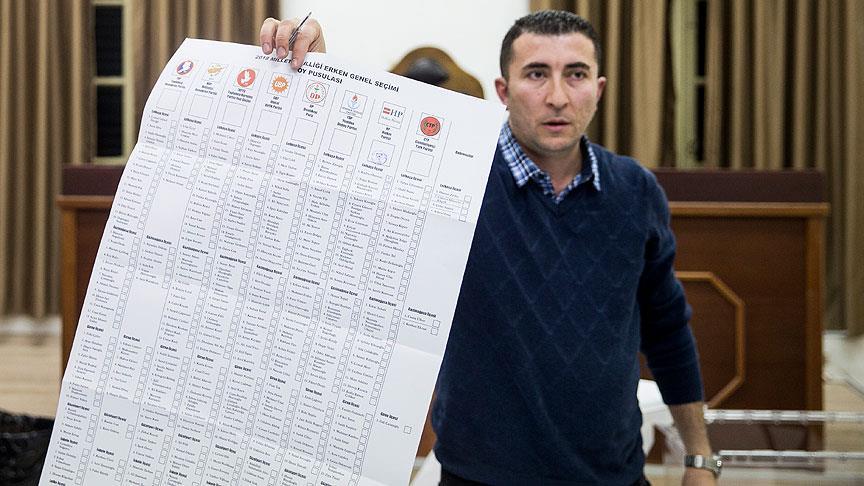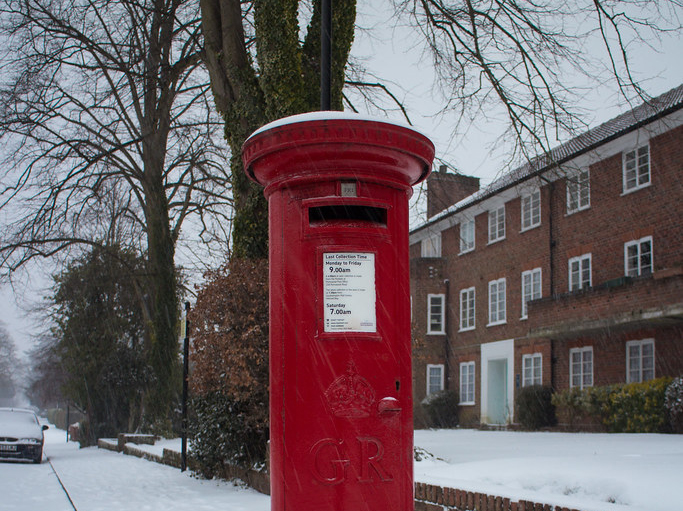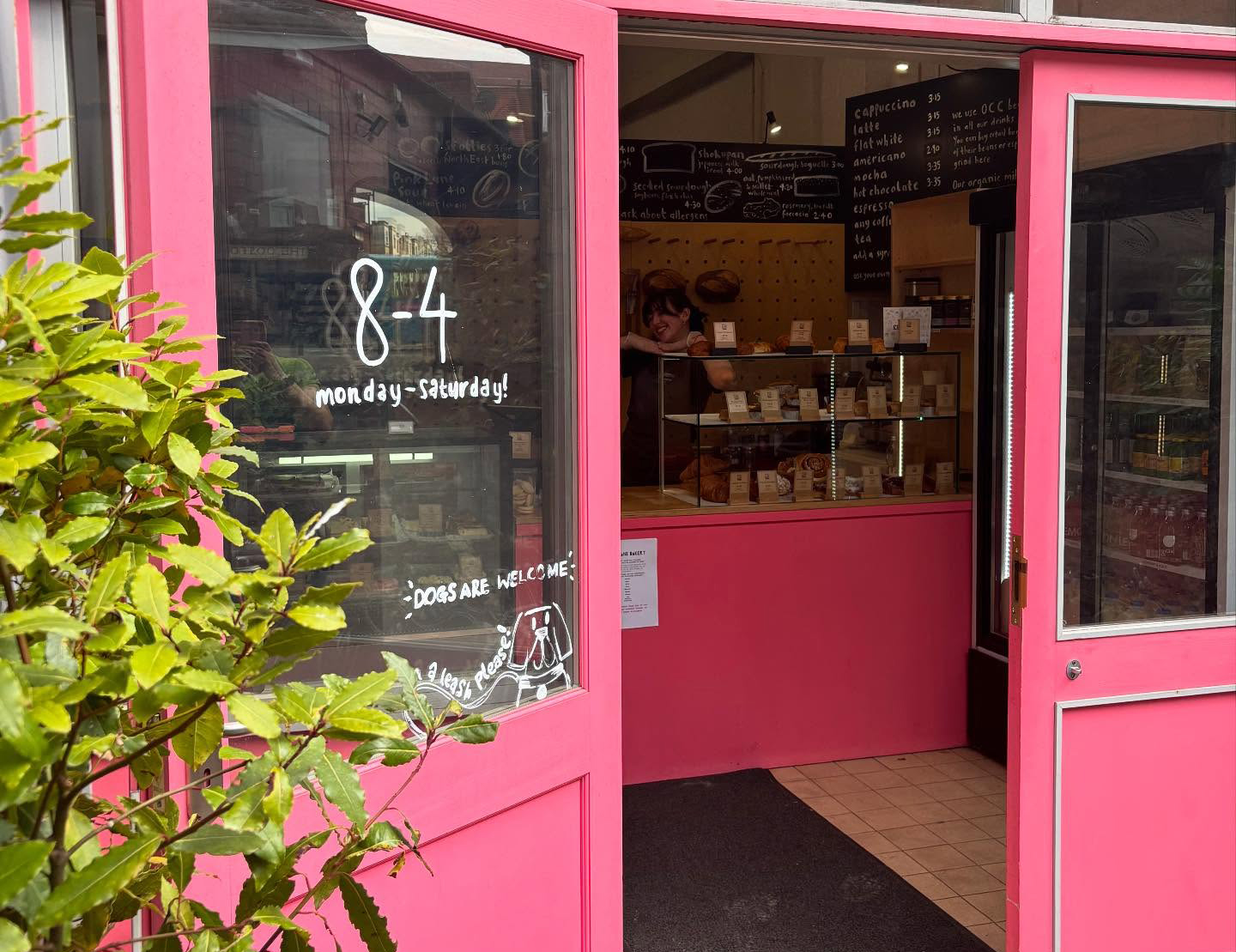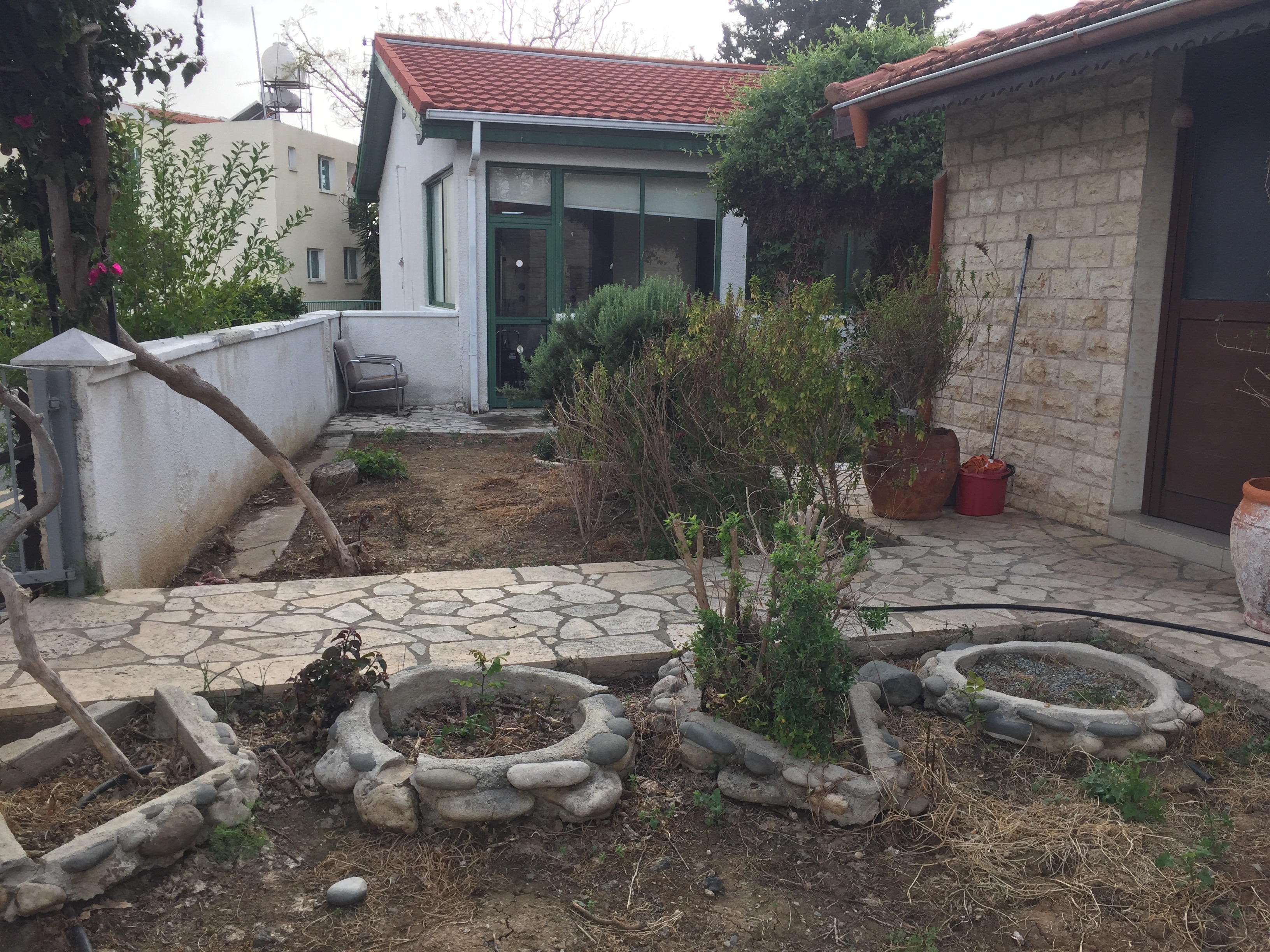Plans to change the north’s voting system for its legislative elections will go to a vote in ‘parliament’ after being passed through its legal committee on Thursday.
The plans foresee an end to the practice of “mixed voting”, wherein voters are able to choose multiple candidates from multiple parties on a ballot paper, with some in opposition expressing frustration at the speed at which the matter passed through the committee.
Committee members from opposition party the CTP had attempted to vote down the bill’s passage to a plenary ‘parliament’ session but were outnumbered by members from the ruling coalition’s largest party the UBP.
CTP ‘MP’ Ongun Talat later told newspaper Yeniduzen that it was revealed in the committee that the order for the bill to be hastily passed through the committee was given by ‘prime minister’ Unal Ustel.
He also said he believes that the attempt to change the electoral law is also an indication that the ruling coalition intends to hold a snap ‘parliamentary’ election this year.
“This is a completely anti-democratic process. I told them to make it clear to the public if they wish to hold early elections. They did not give an official response,” he said.
He later added, “they have a strategy and we do not know what it is”, and said, “despite us asking many times, they could not explain what their rush was”.
At present, voters in the north are presented with a ballot paper with the name of every single candidate standing for election in every district on it and given three options on how to vote.
The first option is the “stamp”, wherein they stamp a box underneath the name of their party of preference and place their ballot paper in a ballot box.
The second option, the “stamp and preference”, sees voters stamp the box underneath a party’s name and then choose which of that party’s candidates they wish to see elected. Votes can be cast for a candidate in any district, but voters must choose either enough candidates to fill half the seats in the district in question or none at all for that district.
The third option, “mixed voting”, resembles the second option, with the exception that no stamp is placed under the name of any party, and voters are required to choose candidates from at least two parties or from one party and one independent candidate.
Additionally, voters choosing the “mixed voting” option must choose no fewer than 23 and no more than 50 candidates overall, lest their vote be considered invalid.
The north’s next ‘parliamentary’ election must take place before February 2027 at the latest.







Click here to change your cookie preferences